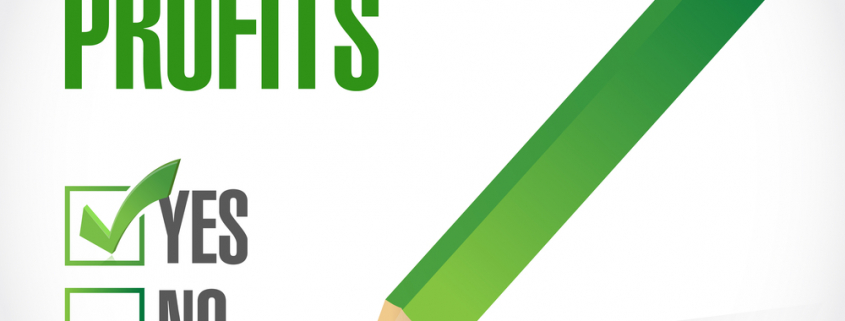Beyond Price and Profit – How Slow Cash Flow Can Hurt You
Profitable businesses can still be poor ones. Slow cash flow can slow or stall growth. Plan for healthy cash flow, not just profit margins, to build a growing, sustainable business.
High Profit Margins Won’t Keep Slow Cash Flow from Hurting a Growing Business
The number one reason businesses go under is not lack of profits but lack of cash or slow cash flow. It is not enough to plan and price for profitability. To be successful, grow and thrive, you have to accurately forecast and plan so that your business has adequate money coming in.
In 10 Things Every Small Business Needs to Do, Bplans.com cites the number one reason small businesses go bankrupt as slow cash flow — not lack of profits. It’s a good reminder that accurately predicting the ebb and flow of your small business cash flow and planning accordingly is going to be a key factor for your success.
Small business cash flow is represented in financial statements in essentially three forms:
- Operational cash flow is money coming in or going out as a result of an organization’s business activities; obviously, to be sustainable, a business needs to have more money coming in than going out (although short-term periods of negative cash flow should occasionally be planned for and managed).
- Investment cash flow is money received from the sale of long-life assets or spent on capital expenditures (things like investments, acquisitions or assets expected to have a long life)
- Financing cash flow is money received from the issue of debt and equity or money paid out as dividends, share repurchases or debt repayments
Small business cash flow can be impacted positively or negatively for a number of different reasons:
- Sales (volume) higher or less than expected
- Payment terms that you extend to your customers
- Naturally occurring seasonal or cyclical highs and lows
- Interruptions to the customer buying cycle, such as economic recession or concerns
- Introduction of new technologies, additional competitors, or other changes to the marketplace
- Influx or depletion of numbers of potential customers in your target markets
- Equipment failures or facility deficiencies
- Lack of inventory or space needed to achieve adequate sales volume
Apart from the unexpected, many of these factors that can create slow cash flow should be considered as you draw up your business plan and revisit your long-range plan from year to year. In fact, many of these conditions should reveal themselves in the SWOT and PEST exercises common to most (formal) small business plans, long range plans or marketing plans.
Solving Slow Cash Flow with Invoice Factoring
One way to mitigate short-term slow cash flow challenges is to take advantage of small business funding options, like those provided by Corsa Finance. We offer small business cash flow financing through invoice factoring (also called accounts receivable factoring).
Small business funding through invoice factoring occurs when a company that invoices their customers for payment factors – or “sells” – the invoice to a factoring company at a discount (for a low factoring fee). When they do so, they receive up to 93% of the invoice amount immediately instead of having to wait for customer to pay the invoice. Once the small business’s customer has paid the invoice any amount held in reserve goes back to the small business, too. Factoring can eliminate the problem of slow cash flow completely, since invoices can be factored on the same day a customer invoice is generated.
Better cash flow = better business performance and growth!
Whether you employ one of our business finance tools to improve cash flow and get access to working capital or you have another means of financing, having adequate cash flow to meet operational needs and to execute business growth strategies is critical for the long term health and success of your small business.
With slow cash flow, you may have trouble meeting day-to-day operational needs, you might come up short for payroll, or you might find yourself unable to make capital investments in order to grow. With expedited cash flow, you will be able to execute many business growth strategies, such as:
- Expanding, renovating, or remodeling
- Meeting expenses on time, including payroll
- Replacing broken, aging, or obsolete equipment
- Hiring additional employees
- Purchasing larger quantities of inventory or new product lines
- Adding new service capabilities to your service menu
- Executing large-scale marketing initiatives
- And more
We would be happy to help you decide if invoice factoring can help your business. Feel free to request a free, no-obligation quick quote for cash flow financing online and get answers in as little as 24 hours.


